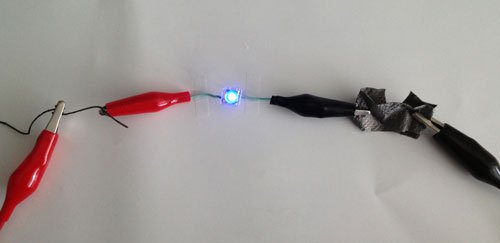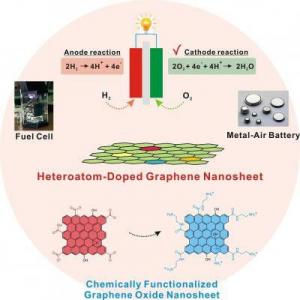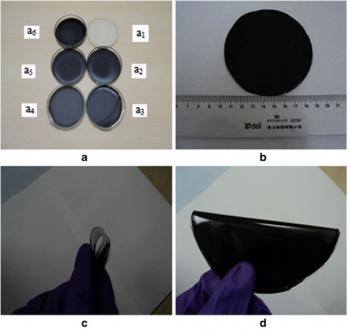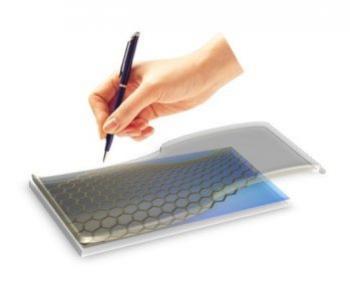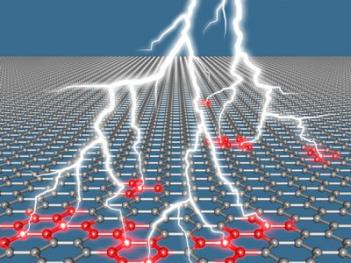Aixtron is a key partner in several graphene research projects, extends their portfolio to include more 2D materials
 Aixtron reported today that the company is involved with several European graphene research projects. In fact, Aixtron says they are a key-partner in several EU projects. First of all, Aixtron is leading Production Work Package in the Graphene Flagship, EU's $1 billion graphene drive.
Aixtron reported today that the company is involved with several European graphene research projects. In fact, Aixtron says they are a key-partner in several EU projects. First of all, Aixtron is leading Production Work Package in the Graphene Flagship, EU's $1 billion graphene drive.
In the GRAFOL project, Aixtron applies their scaling know-how to develop large scale equipment for wafer-based graphene and continuous production of foil-based graphene for transistors and transparent conductive films. In another project called MEM4WIN Aixtron employs their batch-based deposition technology to improve the throughput of graphene production for smart windows.
